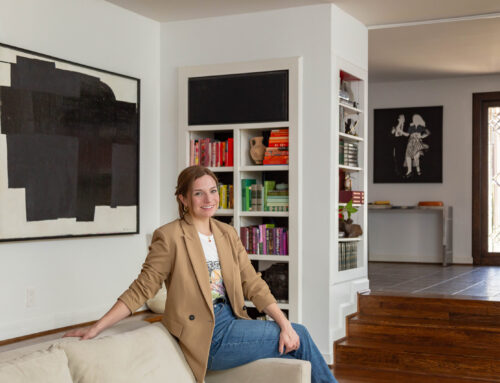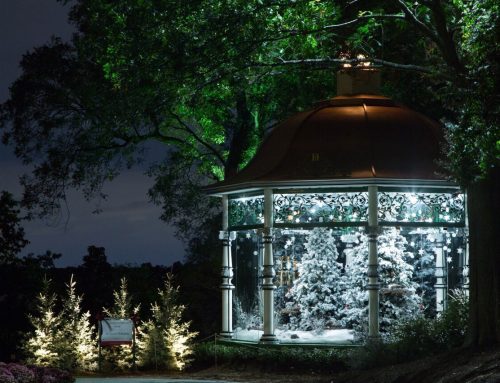Earlier this summer, our local alternative weekly did a story on what is a pretty hot topic in some East Dallas neighborhoods: whether it’s a good thing to have a conservation district covering the neighborhood, and if so, how restrictive it should be.
Conservation districts can be set up in a defined area by the City Council, after much planning and study, at the request of a majority of the residents, although the policy is to ask for a “super-majority” of support.
While not as strict as a historic district (such as Swiss Avenue), a conservation district has rules for the purpose of preserving the historic look and feel of a neighborhood. The best examples in our area are probably the Hollywood/Santa Monica and Lakewood neighborhoods.
Sounds great, right? Historic homes and neighborhoods, a strong preservation ethic — these are some of the defining characteristics of East Dallas , and pretty much everyone believes that’s a good thing.
Here’s the rub. You may have heard somewhere that a man’s, or — this being the 21st century — a person’s home is his or her castle. Our legal system has a long history of jealously guarding property rights; hence the not unreasonable gut feeling most of us have that, if you own a piece of property, you should be able to do with it pretty much as you wish.
But hold on a minute. You have a lot of rights to own, buy, sell and otherwise use real estate however you want, but these rights aren’t unlimited. State and local governments have, according to our courts, certain inherent “police powers” to protect the public’s health, safety and welfare. At least since the 1920s, various types of zoning and land use laws, including some very strict ones on historic preservation, have mostly been upheld unless they were so out of bounds as to cross some vague line, and become a “taking.” In essence, this is why you don’t have a lead smelter or a 60-story building next to your house.
The point of all this being that you can do a lot with your property, but in a conservation district or a historic district, those rights, at least as far as the outside of your home is concerned, will be more or less restricted. Is that a good thing? Look at how much property values have gone up in neighborhoods like Swiss Avenue or Hollywood Heights . Those areas are desirable precisely because they look the way they do.
Can there be legitimate disagreements on what’s historically or architecturally appropriate? You bet there can, and these happen all the time. There is, by definition, a lot of subjectivity involved, and some have felt that the city may have overreached from time to time by micromanaging design issues, and sometimes a homeowner will feel that he or she is being picked on by the local “taste police.”
Generally speaking, however, historic districts and conservation districts have been a very good thing for our East Dallas neighborhoods. There ought to be a level of review and regulation for residents that have decided in a democratic and consensus-based process that they want to maintain their neighborhood’s historic character.
If new suburbs like Southlake can regulate things like the color of the signs on a Home Depot — and more and more suburbs are doing that sort of thing — then East Dallas residents ought to be able to preserve the look that made their neighborhoods attractive, desirable and increasingly valuable in the first place.





